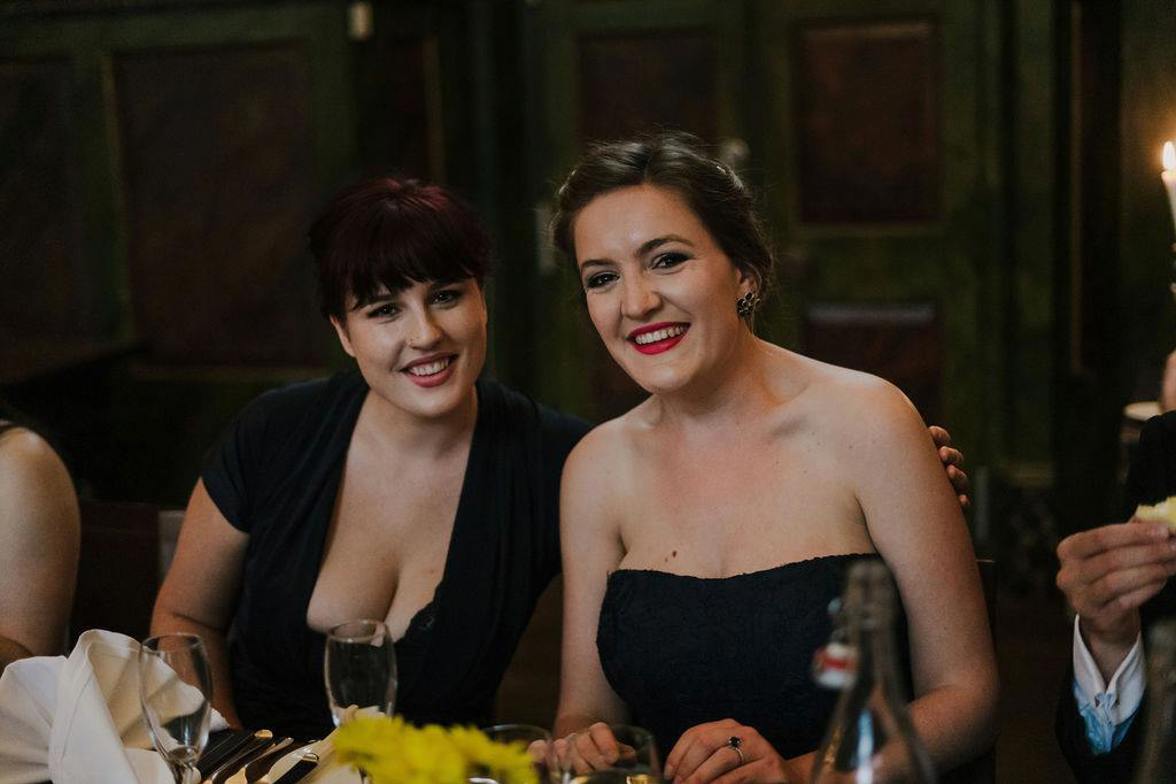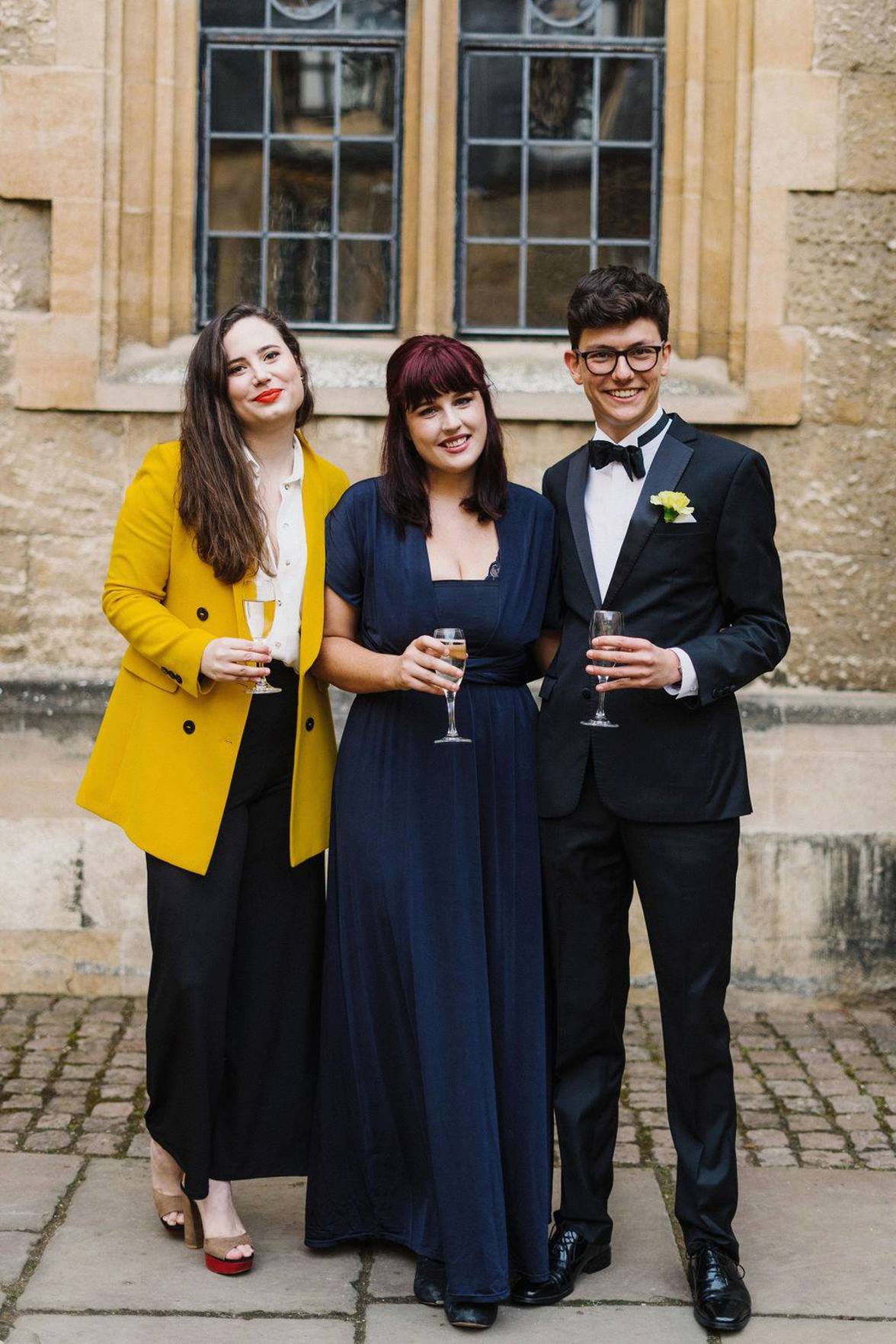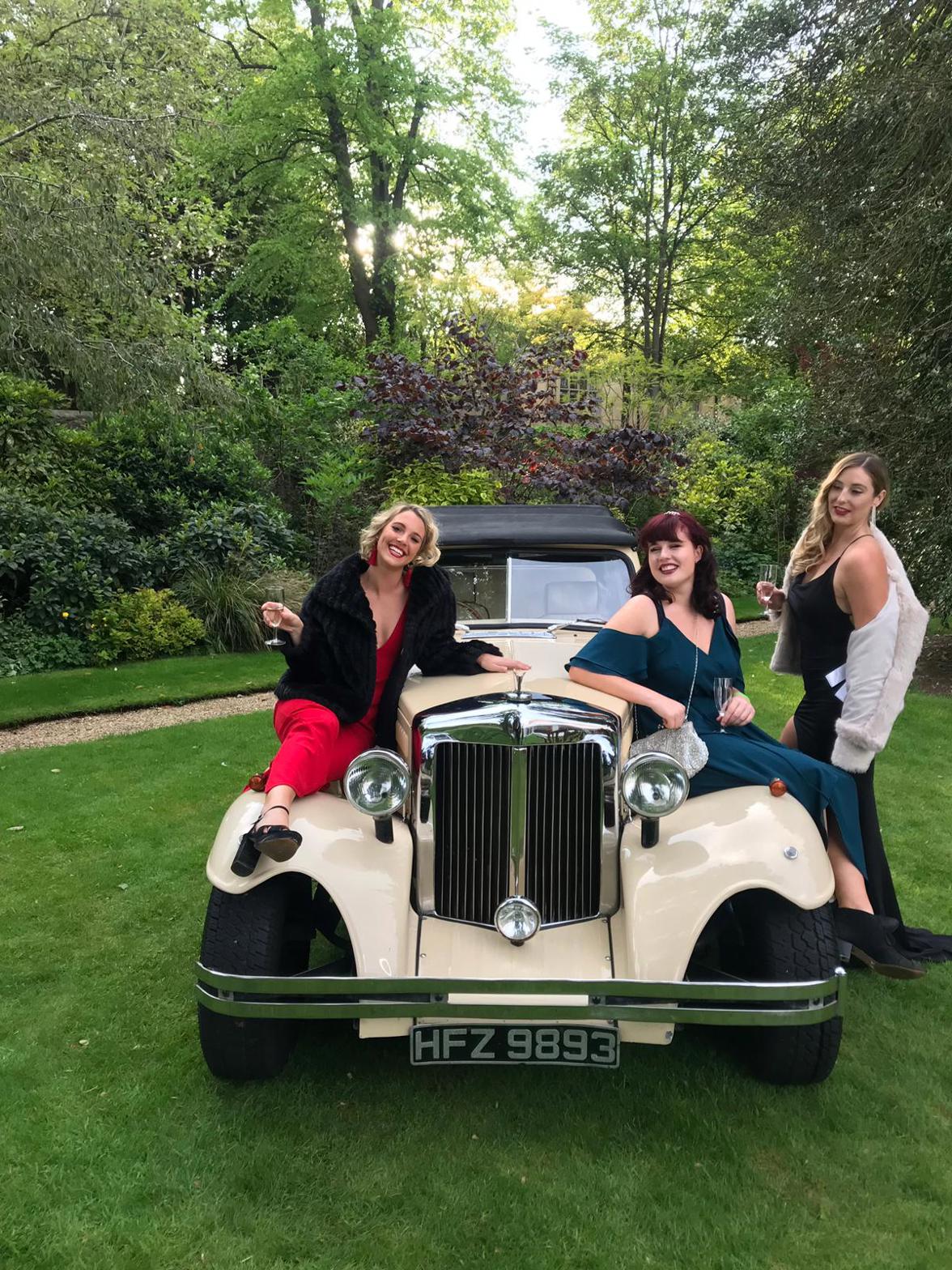If I had a dollar for every time someone said to me “but you don’t look sick!” I would be a rich woman. Unless one encounters me in the morning, before I’ve put on makeup and had my coffee, I look healthy and hearty. I’m the veritable image of good health; plump and ruddy, proverbially bright-eyed and bushy-tailed. But I am disabled; I live with Myalgic Encephalomyelitis or Chronic Fatigue Syndrome (ME/CFS). I need at least fifteen hours of sleep a day, and I constantly battle fibromyalgia, brain fog, swollen glands, an aching head, and dizziness. I say this not to solicit any sympathy or to bask in the lukewarm waters of self-pity, but only to illustrate the fact that not all disabilities are visible.
It’s important that we stop associating disability and chronic illness with the obvious; a wheelchair, a cane, a guide dog, a dialysis machine. There is no one way a disabled or chronically ill person looks. Disabilities range from the visible to the partially visible to the utterly invisible. There are 1.5 billion people on this planet with disabilities, both visible and invisible. Allyship is an integral part of community, of rendering the world more accessible, accommodating, and inclusive.
So what does it mean to be an ally? According to the Anti-Oppression Network, allyship is the “active, consistent and arduous practice of unlearning and reevaluating, in which a person of privilege seeks to operate in solidarity with a marginalized group of people.” There are as many different kinds of allyship as there are marginalised groups—such as women, people of colour, members of the LGBTQIA+ community, and so on. Today I’d like to address a few ways by which one might be a better ally for the disabled community.
First, it is important to educate yourself insofar as you can. There are countless brilliant resources out there, from documentaries to books to podcasts to memoirs. Acquaint yourself with the concept of “ableism”—discrimination in favour of able-bodied people. I recommend the film Crip Camp, Haben Girma’s wonderful memoir “Haben: The Deafblind Woman Who Conquered Harvard Law” and the Sociability app website. There are also myriad disability advocates, activists, and influencers on social media, including Annie Segarra, Jillian Mercado, and Emmanuel Ofosu Yeboah. Take it from me—as a disabled person, it can be exceedingly exhausting to be asked the same questions over and over again, especially when all the information is already out there, one Google search away.




